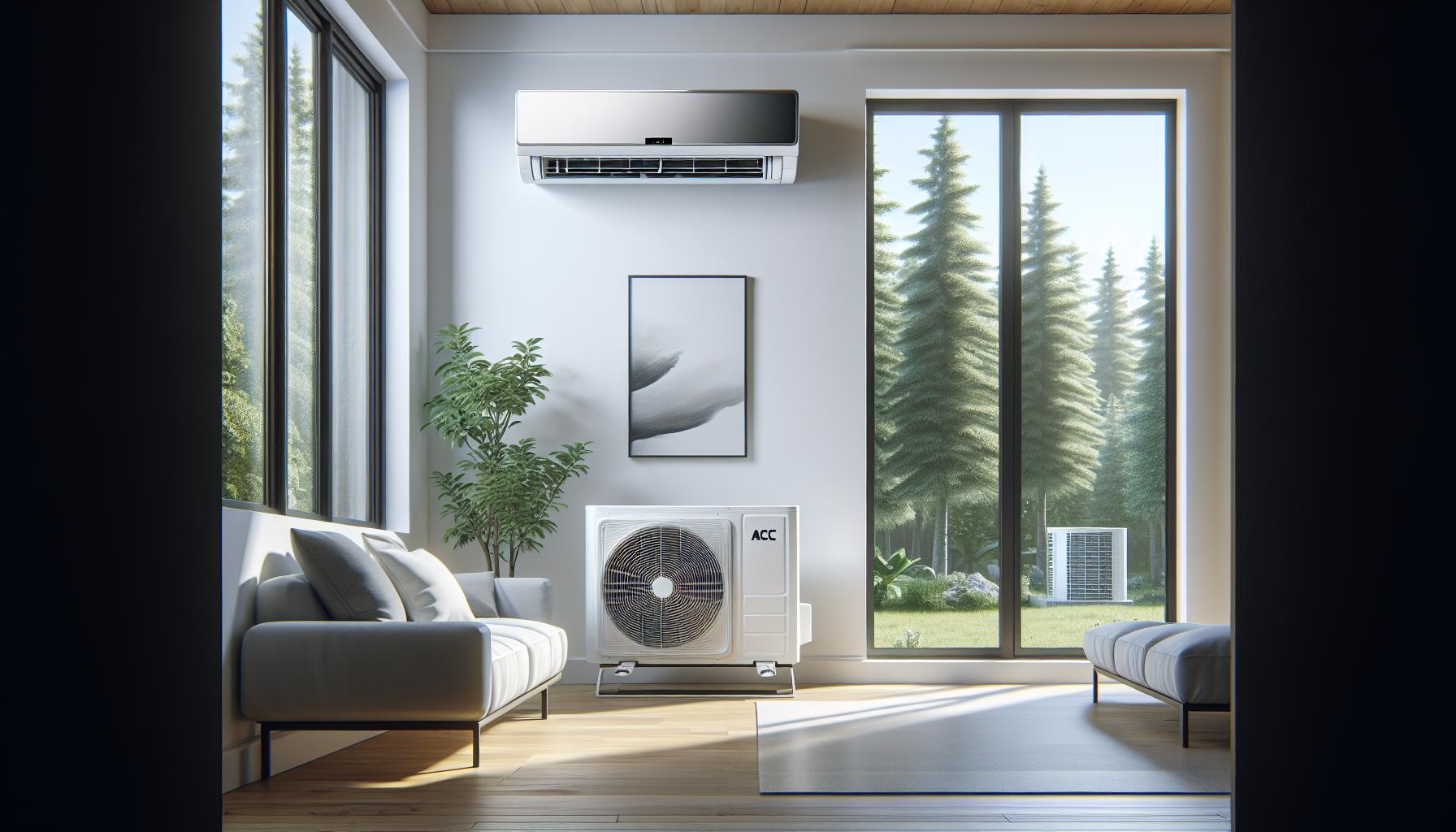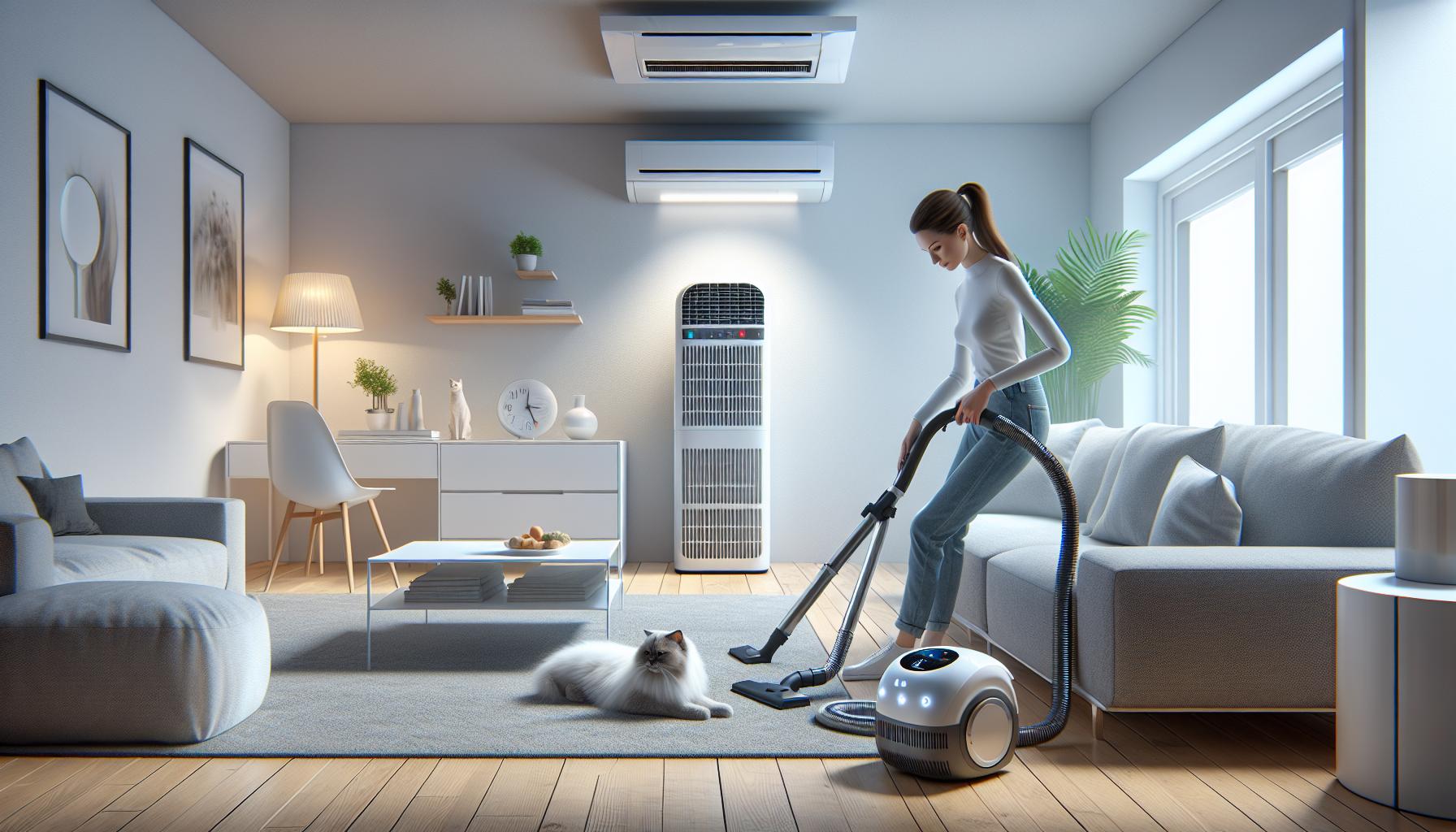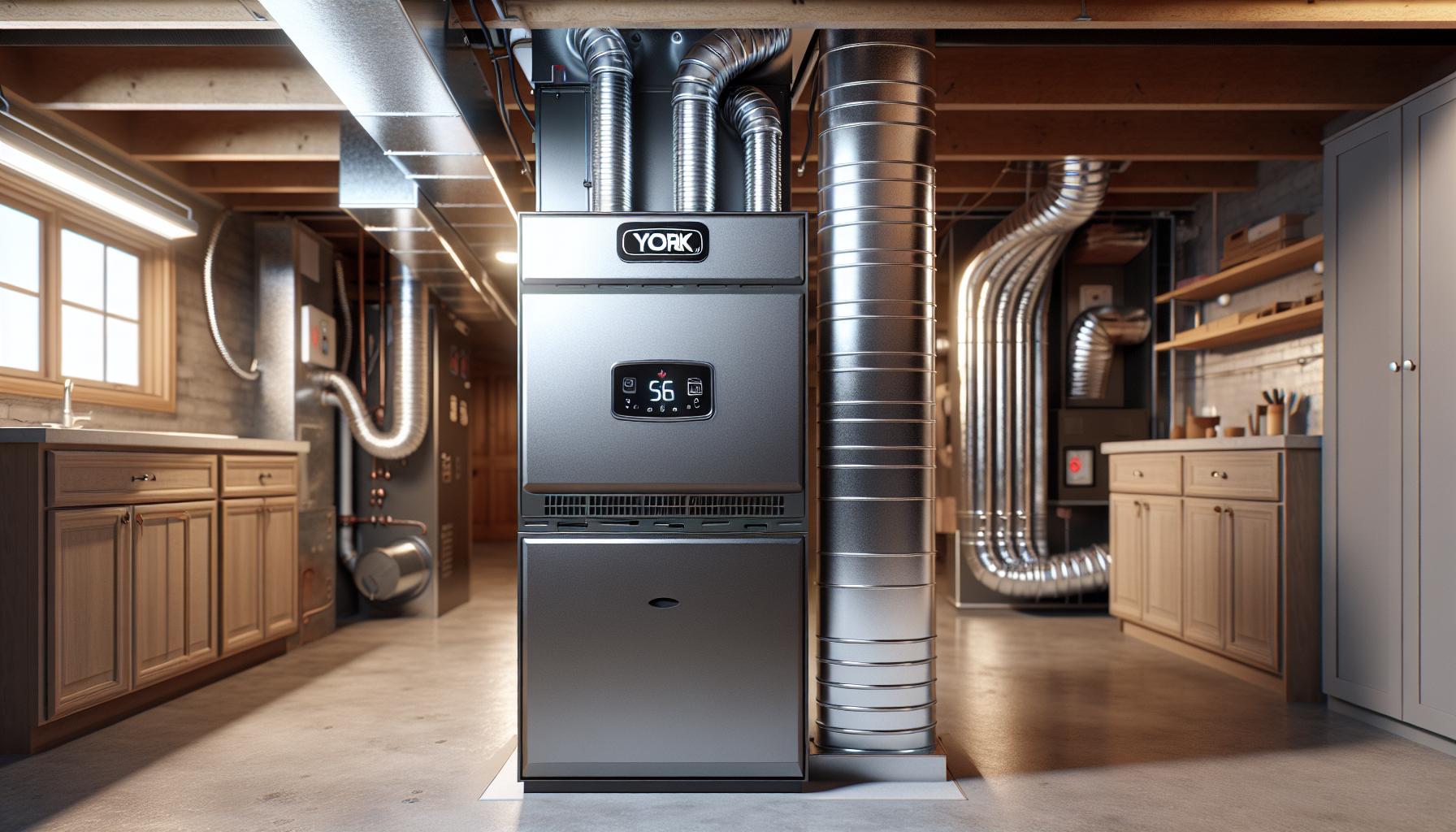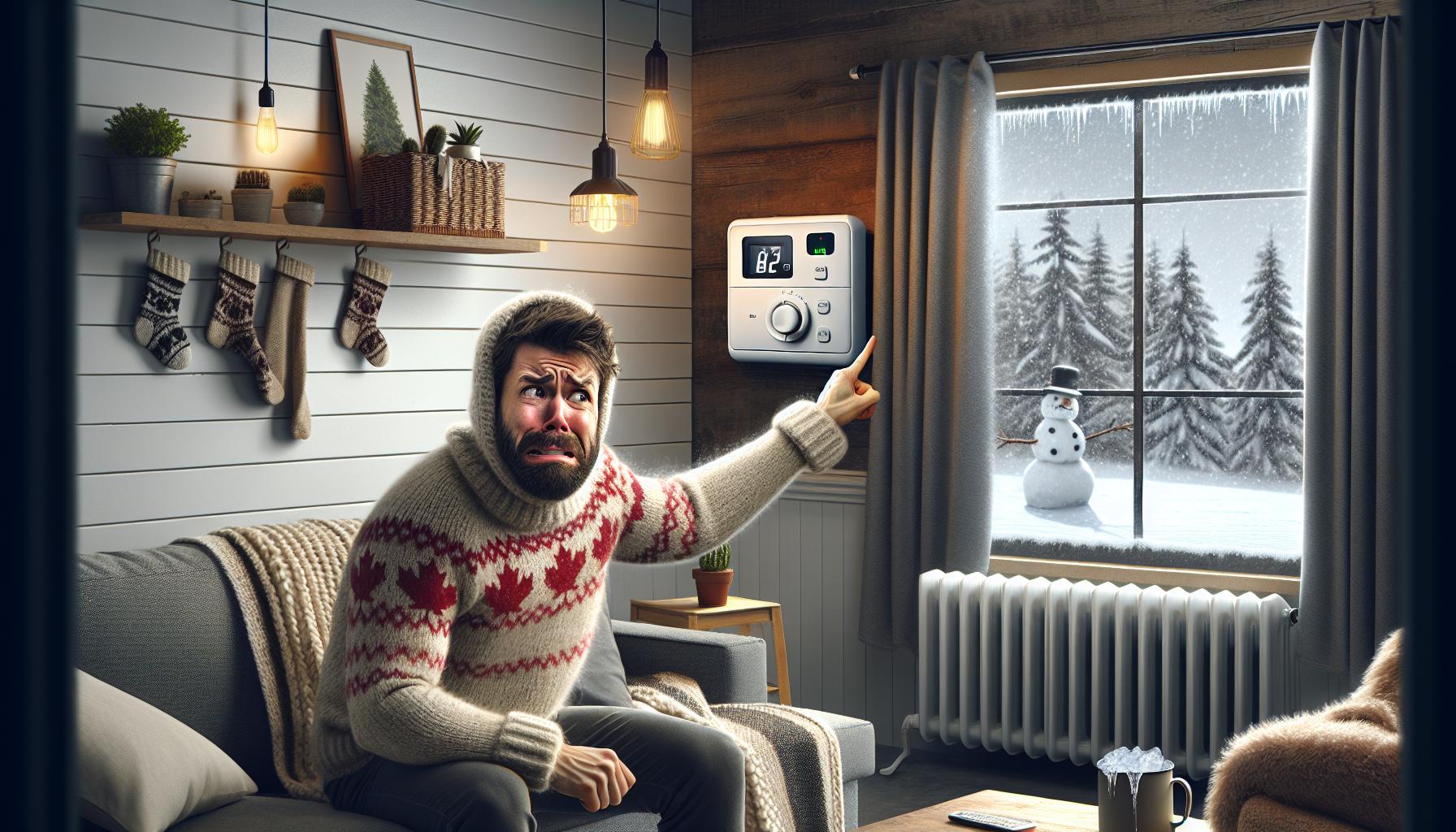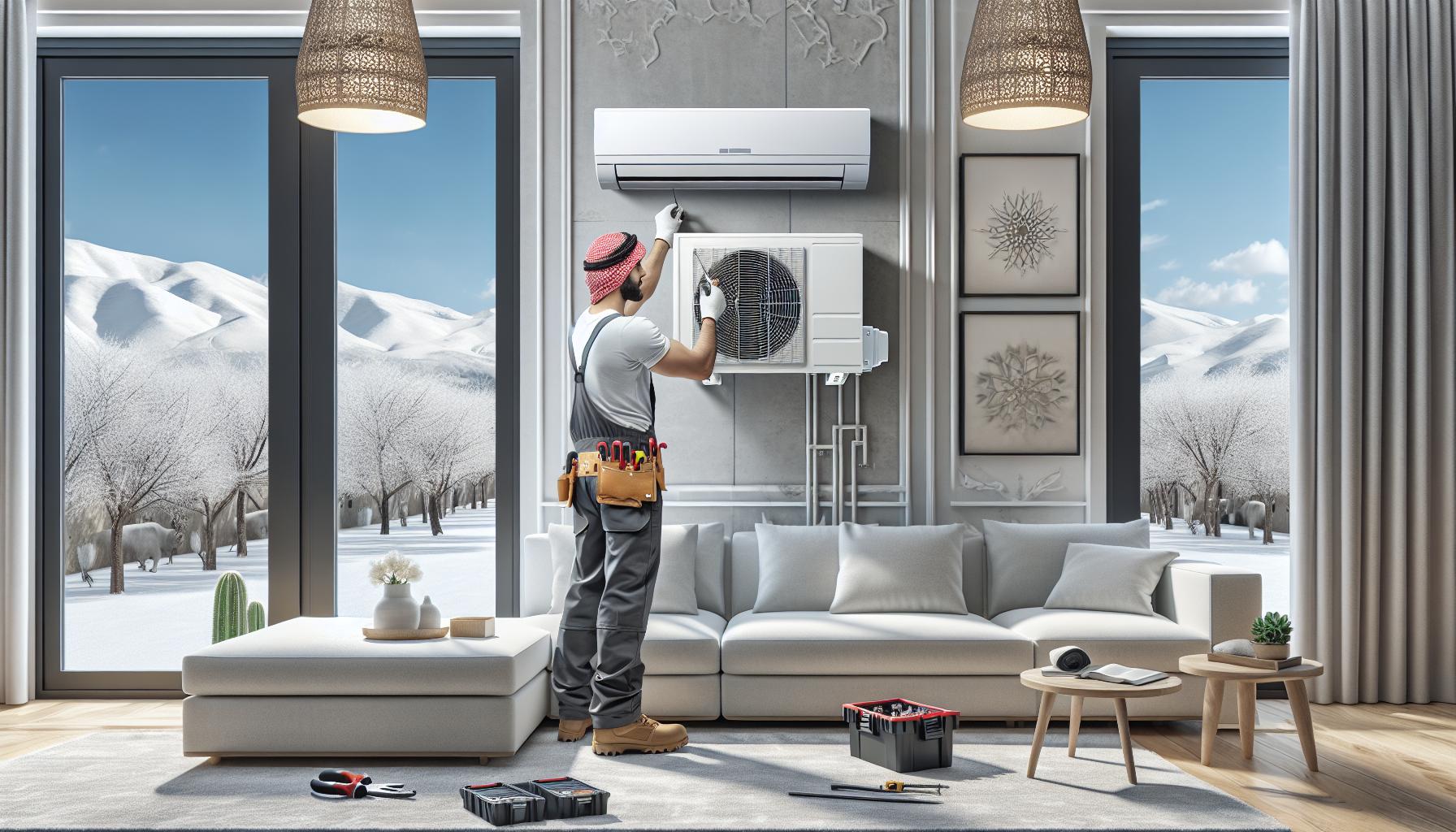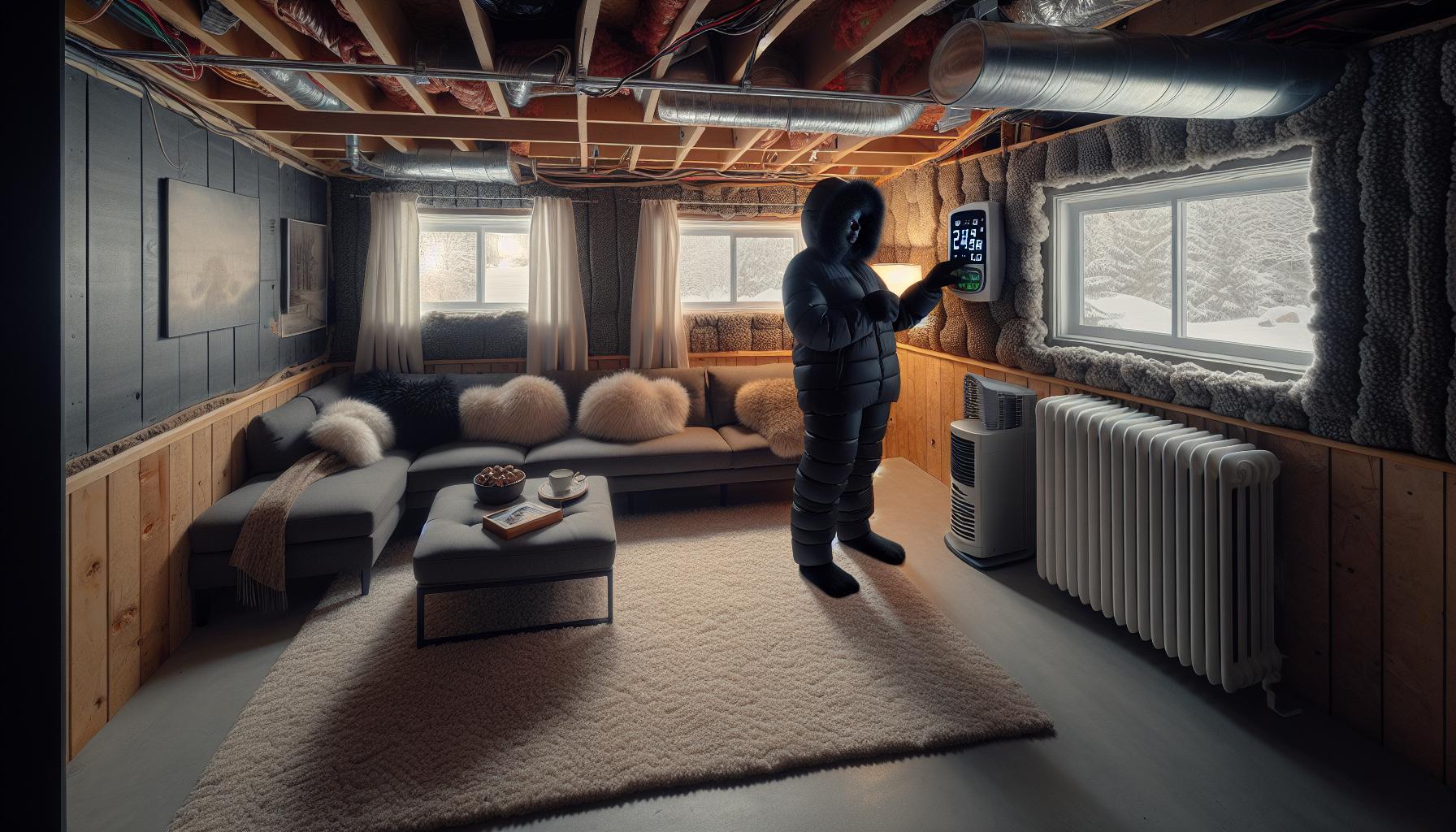Ever felt like you’re waging a losing battle against the sweltering summer heat? You’re not alone. Air conditioners can be your best ally, but only if you know how to use them effectively. This article will guide you on how to master the art of air conditioning, ensuring you stay cool and comfortable all summer long.
Understanding Air Conditioners

Air conditioners aren’t just lifesavers in sweltering summer heat. They’re marvels of engineering that demand some appreciation. Let’s investigate into their types and key components to further your understanding.
Types of Air Conditioners
First, it’s vital to recognise the various types of air conditioners available, each suited to specific environments and needs.
- Central Air Conditioners: Large, powerful units typically found in residential homes, office spaces, and commercial buildings. They collectively cool an entire space using a network of ducts to distribute chilled air.
- Ductless, Mini-Split Air Conditioners: Best for cooling individual rooms or spaces, these AC units split roles between an indoor handling unit and an outdoor compressor. You’ll find these handy in homes without ductwork.
- Window Air Conditioners: Compact units that fit snugly into windows or specially designed holes in the wall, perfect for cooling single rooms.
- Portable Air Conditioners: These lightweight units can be moved room to room, offering cooling convenience wherever needed.
- Hybrid or Dual Fuel Air Conditioners: Innovative solutions that move between using electricity and gas power as needed, proving to be energy-efficient and cost-saving.
Key Components Explained
Next, let’s examine the critical components that make air conditioning possible. They’re the unsung heroes behind your cool indoors.
- Compressor: The heart of an air conditioner, it pressurises the refrigerant, turning it into a high-temperature gas.
- Condenser Coils: Positioned typically in the outside unit, they help the heat transfer process. The compressed gas releases its heat here and gets turned back into a cool liquid.
- Expansion Valve: It controls the amount of refrigerant going into the evaporator coil, essentially the gatekeeper of the cooling process.
- Evaporator Coils: Located in the inside unit, they receive the liquid refrigerant from the expansion valve, evaporating it to extract heat from the surrounding air.
- Air Handler or Blower: It circulates the cooled air into your house and draws warmer air back into the system, maintaining constant air movement.
Understanding these components enhances your knowledge of how air conditioners operate, which could assist in troubleshooting should you encounter issues. Remember, efficient usage of air conditioning systems begins with understanding how they work.
How to Use an Air Conditioner Efficiently
Having gained knowledge about the different types of air conditioners and their key components, let’s investigate into the practical aspect – how to use an air conditioner efficiently. As a user, you have a fantastic option to optimise your energy consumption while staying cool throughout the summer months. Below are a couple of important guidelines you may find helpful.
Setting the Right Temperature
Finding the optimal setting for your air conditioner isn’t about choosing between the Ice Age and a heat wave. Rather, it’s about creating a comfortable environment that balances coolness with efficient energy use. According to Energy Star, a US governmental body, the most energy-efficient AC setting is around 26.7 degrees Celsius (80 degrees Fahrenheit) source. Contrary to popular belief, setting your air conditioner to the lowest possible temperature won’t cool your room any faster. Instead, it operates at the same pace, using more energy and potentially increasing your utility bills sooner than expected.
Utilising Timer and Sleep Functions
Most air conditioners nowadays come with timer and sleep functions. With the timer function, you can set your air conditioner to turn on or off at specific times. For example, if you set your timer to switch off the AC one hour after you sleep, it saves energy while providing enough time for the room to cool down.
Similarly, the sleep function adjusts temperatures as per your body’s changing needs during slumber. It gently modifies temperatures over the course of the night, ensuring you sleep comfortably without wasting energy.
By employing these features wisely, you’ll create a cosy and environmentally friendly living space in no time. And remember, efficient use of an Air Conditioner isn’t rocket science – it’s about understanding and applying simple principles tailored to your unique needs.
Maintenance Tips for Air Conditioners
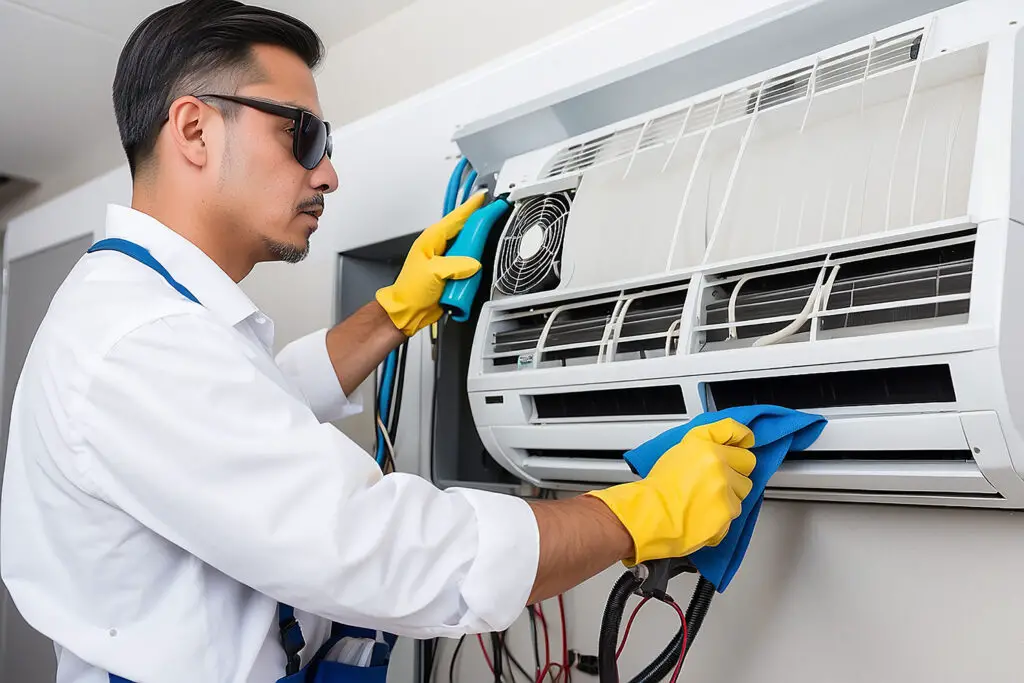
From the gripping heat of summer to knowing how to efficiently use an air conditioner, you’ve walked quite a journey. But now, let’s focus on how to maintain your cooling champion. Trust me, aside from enhancing the performance, you’ll ensure the longevity of your device as well.
Regular Cleaning and Filters Change
Just like how you’d check the oil in your car from time to time, regular cleaning of your air conditioner, particularly the filters, plays a major role. Dirty filters? They block normal airflow and drastically decrease a system’s efficiency. Remember, filters might require more frequent attention if your air conditioner is in constant use or subjected to dusty conditions. Guess what, the filter cleaning isn’t rocket science. You can do it at home.
So, how often should you change the filters?
As a general rule, it’s good to replace the filter every 30-60 days. Doing this not only guarantees the efficient working of your air conditioner but also prevents any chance of allergies or asthma from dust and pollutants.
Professional Servicing and Checks
Sure, you’re doing your part with regular cleaning and filter changes. But professional servicing? Yes, it’s crucial. It’s best to have a professional service your AC unit once a year, typically before the start of the cooling season. Those techy guys will check for potential problems that you might’ve missed. Leaks, damaged electrical components, or issues with the thermostat, all can be spotted and fixed before escalating into larger problems.
Remember, your air conditioner’s health is in your hands. Regular cleaning and professional checks won’t just keep it top condition but allow it to serve you well for years to come. Let’s win the battle against the summer heat with a well-maintained air conditioner, shall we?
Energy-Saving Tips
After looking at the key aspects of regular air conditioner maintenance, let’s jump into some ways to optimise the energy efficiency of your AC unit. Not only will these aid in improving your air conditioner’s performance but also help reduce your energy consumption, resulting in lower monthly bills.
Choosing Energy-Efficient Models
When it’s time for a new air conditioner, selecting an energy-efficient model offers significant benefits. Be on the lookout for ones with high Seasonal Energy Efficiency Ratios (SEER), typically above 13. These indicate higher levels of efficiency and can result in substantial energy savings annually. For context, an air conditioner with a SEER rating of 16 can cut energy consumption down by approximately 60% compared to older models with ratings of 10.
| SEER Rating | Energy Savings Percentage |
|---|---|
| 13 | 30% |
| 16 | 60% |
| 20 | 77% |
Another aspect to consider is the presence of an EnergyStar label. Air conditioners with this label meet strict energy efficiency guidelines set by Environmental Protection Agency (EPA). For example, an EnergyStar certified central air conditioner is about 15% more efficient than non-certified models.
Best Practices for Reducing Consumption
Another step in your energy-saving journey involves adopting practices that help decrease energy use.
- Keep ‘em Clean: Routinely cleaning and replacing the filters in your air conditioner, already discussed in the previous section, can lower your air conditioner’s consumption by 5% to 15%.
- Shield from Heat: Try to minimise direct sun exposure on your air conditioner’s outdoor condenser unit, as it’ll improve the system’s efficiency by decreasing the cooling load.
- Slay Standby Power: Disconnect the power completely when your air conditioner is not in use, rather than leaving it on standby. Products in standby mode still consume power, a ‘vampire load’ that adds to your energy bills.
- Opt for Fans: On cooler days, consider using energy-efficient ceiling fans instead of the air conditioner. Fans use significantly less energy and can create a wind chill effect, making rooms feel cooler than they are.
Conclusion
So, you’ve now got the knowledge you need to use your air conditioner effectively. It’s not just about beating the summer heat, but also about maintaining your AC for longevity and optimal performance. Remember, regular cleaning and filter changes are key. Don’t forget that annual check-up with a professional either – it’s worth it in the long run. Energy efficiency is another crucial aspect. Always opt for models with high SEER ratings and EnergyStar certification. Little practices like disconnecting power when not in use and using ceiling fans on cooler days can make a big difference too. With these tips, you’re set to make the most of your air conditioner while saving energy. Now, you’re not just cooler, but smarter too.

